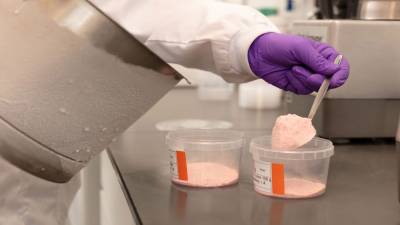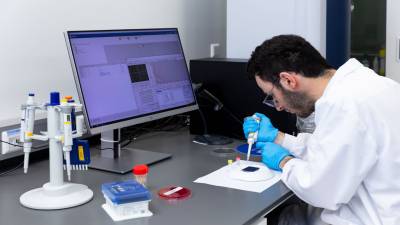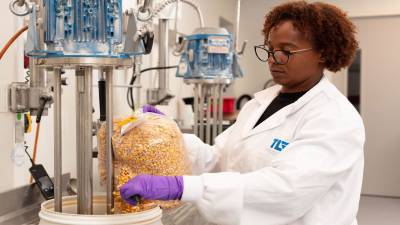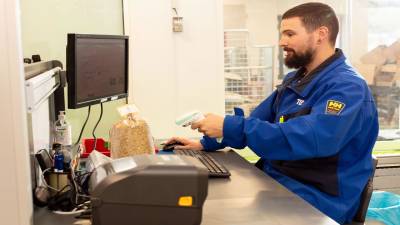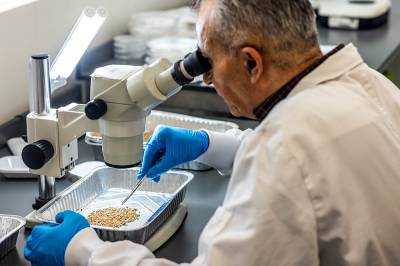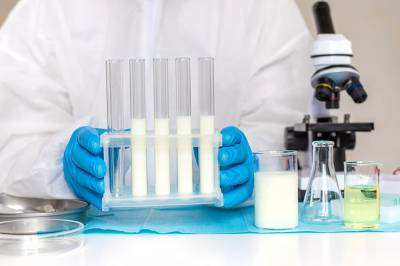Certus Logic Protocol
From client inquiry to substantiated assurance
The Certus Logic Protocol has been developed to translate laboratory services into demonstrable quality assurance. This model clarifies how client requirements, the analytical framework, and assurance objectives are seamlessly aligned. Not as a one-off project, but as an ongoing process in which analysis, interpretation, and follow-up are structurally connected.
In five steps, the protocol links practice to control, and control to trust. This creates a consistent working method for clients who need more than just an analysis certificate.

Here's an overview of how this model works in practice:

Step 1
Needs Assessment
The first step in the Certus Logic Protocol is a precise assessment of client needs. This is carried out through detailed conversations and in-depth analysis to ensure we fully understand what the client requires.

Step 2
Service Design
The Certus Logic Protocol provides clear guidelines for designing the service based on the client's identified needs. This ensures that the most suitable and effective solution is delivered.
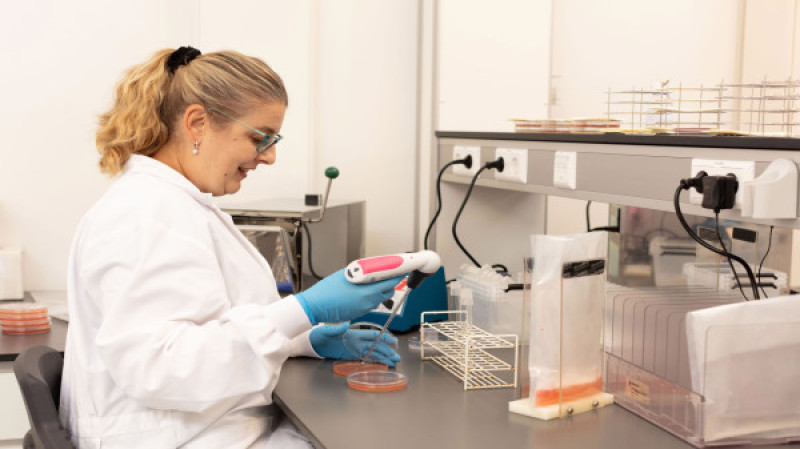
Step 3
Service Delivery
The actual service is carried out by highly trained professionals using state-of-the-art technology. They adhere strictly to the Certus Logic Protocol, ensuring high quality and reliability.
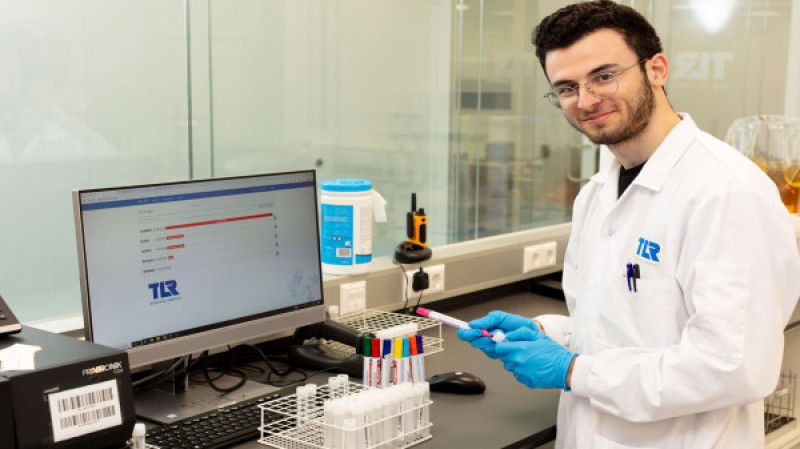
Step 4
Feedback & Improvement
After service delivery, client feedback is actively collected. The Certus Logic Protocol requires that this input is used to drive continuous improvements, with the goal of increasing client satisfaction.

Step 5
Follow-up & Support
Finally, regular follow-up and client support are provided. The InServ Optima Model emphasises ongoing care and assistance to ensure lasting client satisfaction.
Meld je aan voor de laatste tips en adviezen dat je gelijk in de praktijk kunt brengen.

